Our best tactile sensory activity recommendations
- Sensory
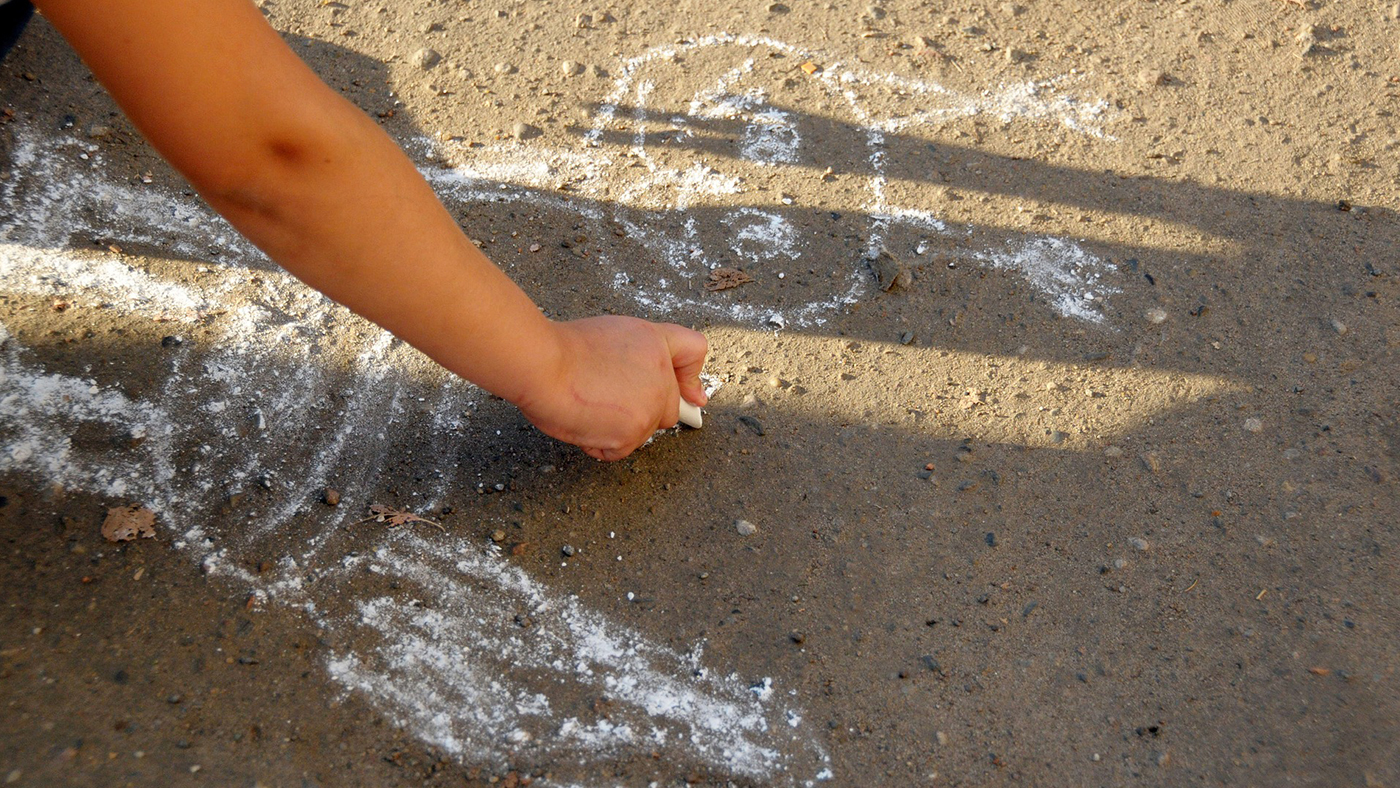
Why tactile sensory activities are important
‘Sensory play’ is something that a lot of children enjoy engaging in from a young age. Most people forget, however, that it makes for great learning opportunities for children of all age ranges.
First off, sensory play can support children in language development. They will be extending their vocabulary to describe what they are doing, as they are doing it. Try placing small demands on them during play, such as “mix those together and see what happens” or “squeeze the dough”. This will work on their receptive language ability as well. During this type of play, your child may also ask and answer more questions. [1]
As well as language development, tactile sensory play supports cognitive development. Problem-solving can be an aspect of sensory play, as your child focuses on the obstacles that they encounter during activities. This could be figuring out how to separate or attach items or thinking up ways that objects or mediums could be altered. [2]
Sensory play also helps with fine and gross motor development. Your child, over their young childhood, will handle many textures and objects of different shapes and sizes. Handling objects that are slippery or slimy will mean they might have to alter their handgrip during play. This will help to add to their motor development, as they learn about new textures, and how to interact with them. Your child might also move in different ways or use their bodies to move objects, developing their gross motor skills. [3]
Water play: hot and cold activities
A lot of children enjoy playing with water, which is usefully a very versatile form of tactile sensory exploration. It’s simple to set up water play both indoors and outdoors at home too! You could use a washing up bowl, outdoor buckets or even the bath to host a water activity for your child.
Adding different elements to water play can enhance the sensory experience. For example, adding resources such as water wheels, cups, tubes and even washing up liquid can make water that little bit more interesting.
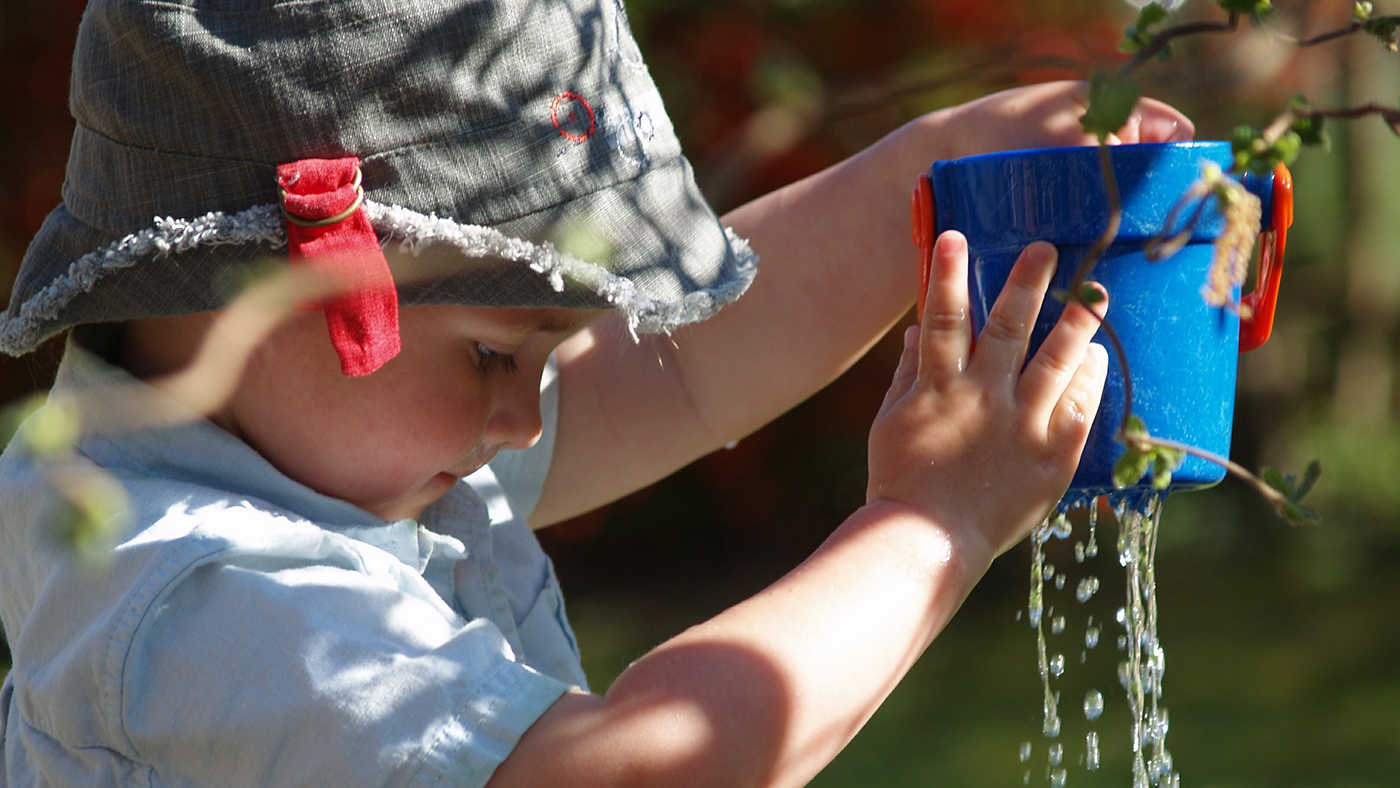
Water play is also a great time to explore different temperatures in a safe way. An example of exploring temperature in water play could be introducing pieces of ice to your child to explore. This could be anywhere – in a highchair, in a bowl at the table, or even outside. You could freeze toys inside blocks of ice overnight, providing different temperatures of water to explore. Encourage your child to move the ice blocks between containers of water and observe how it melts and changes.
Sensory writings and rubbings
Tasks like writing and drawing are easy to adapt into a tactile sensory experience for young children. Try giving them a wide variety of writing implements to vary their experiences. Chunky and egg-shaped chalks, for example, are useful for children who are developing their fine motor skills. Using natural objects as paintbrushes or even using their fingers also works well to make marks in different materials. As well as this, you could use different surfaces for your child to mark make in or on.
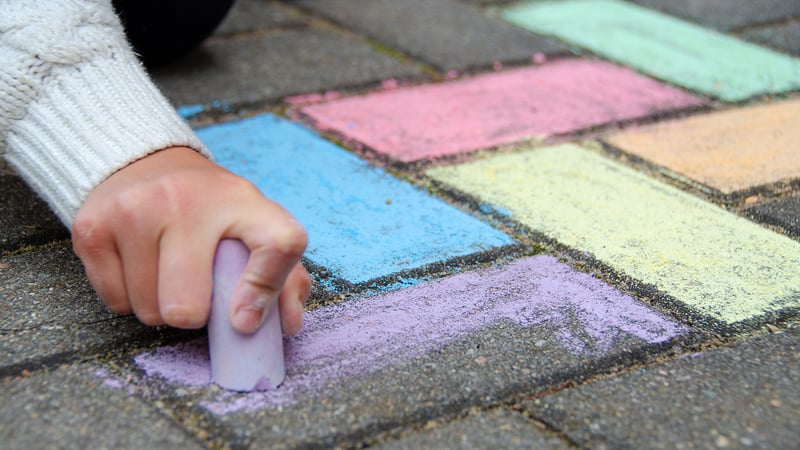
This could be the outside ground, pieces of bumpy cardboard, or even in mud or a sensory tray of sand or water. Using natural objects is also a fun way of adding a tactile sensory element to play. For instance, you could collect items on a seasonal walk to create artwork with. Making collages, arrangements or rubbings with your child all make for fantastic learning experiences, as well as beautiful bonding sessions.
Taking a nature walk full of texture
Nature walks are a great learning opportunity for children of all ages. Children who are not yet walking can take part from their buggy or pram, observing their environment. You could let your child have a go at feeling and exploring objects. Pass them things to handle, such as leaves or sticks, and let them talk about what they can see.
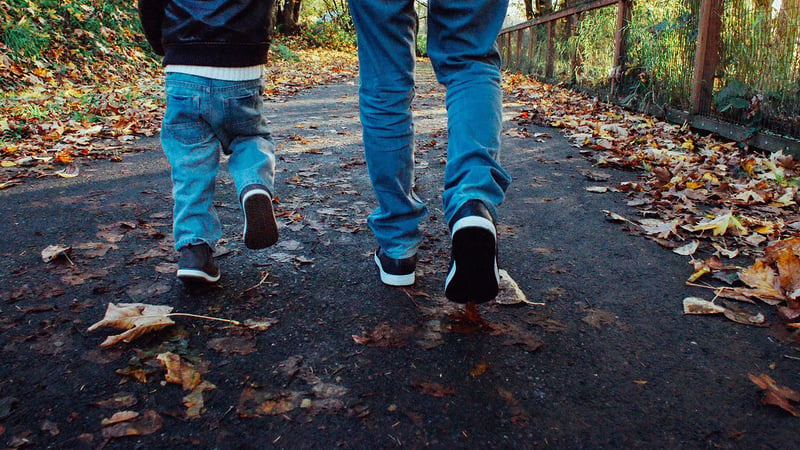
Children who are walking may want to explore their environment by walking on different surfaces, such as leaves, grass, mud or sand. They will also be able to reach out for, touch and feel different objects. They may even want to pick herbs and flowers and have a go at smelling them!
An art project full of different surfaces
As mentioned before, creating artwork with your child is a fantastic open-ended activity. It provides opportunities for developing social and cognitive skills and is great for tactile sensory exploration.
So that your child has more ownership over the artwork that they create, you could collect or choose objects together that you could use. It is easy to find art materials in the kitchen or bathroom cupboards, in the garden, or even on a walk. Try to collect objects that enable your child to explore a range of shapes, sizes and textures.
Treasure texture hunt
Treasure hunts are a fun activity that can take place both indoors and outdoors. Treasure hunts are also a great way of encouraging your child to engage in tactile sensory play. When establishing a treasure hunt with a sensory focus, consider what you want your child to concentrate on. Do you want them to find objects with similar textures? Or would you prefer them to see how many different textures that they could find?
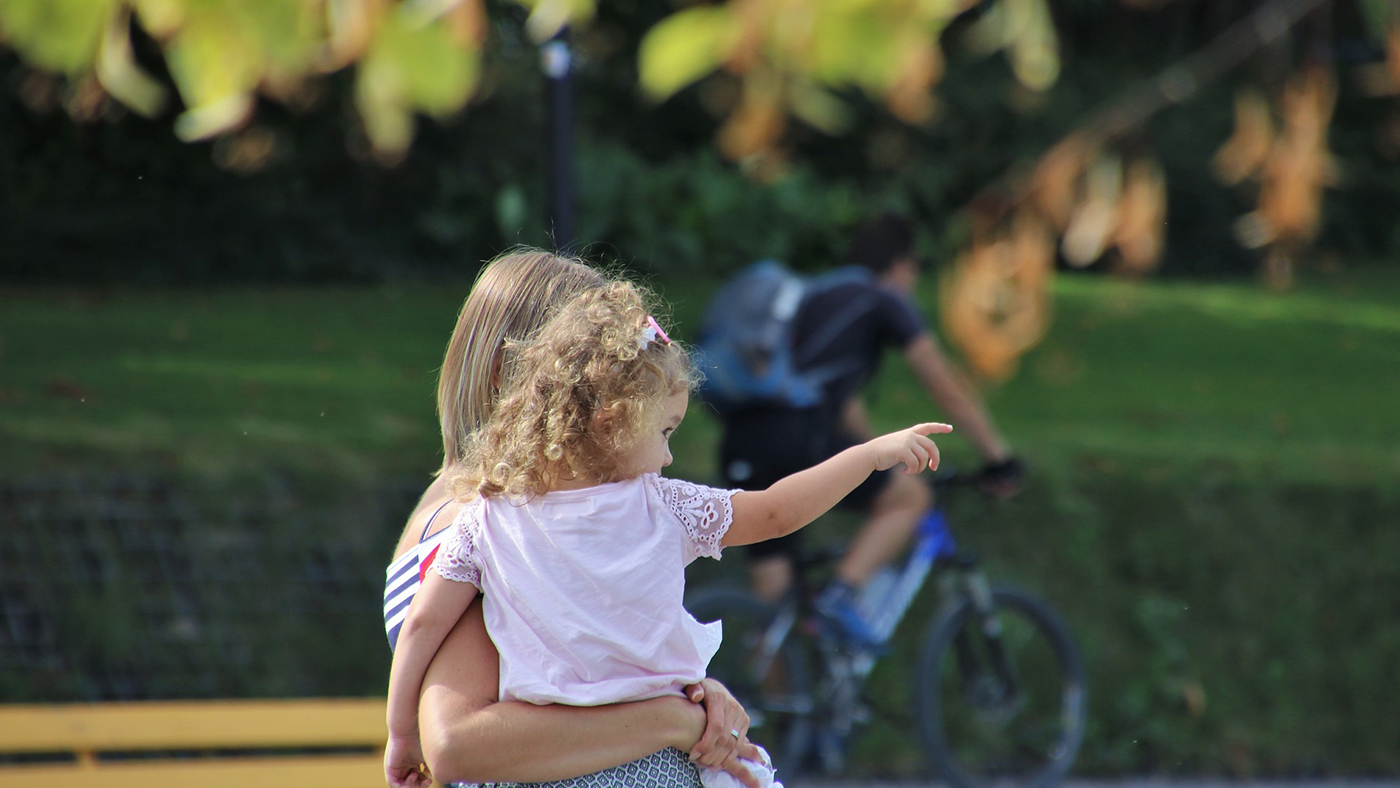
When your child has found the hidden objects, take the time together to discuss and play around with what you have found. Talk together about what textures they liked, what they didn’t like as much, and whether any other objects feel the same as the ones that they had found.
References
[1] Pratiksha Gupta. (2018). How Sensory Activities Promote Speech and Language Development. Available: https://1specialplace.com/2018/02/01/how-sensory-activities-promote-speech-language-development/.
[2] Goodstart . (2016). Exploring the benefits of sensory play. Available: https://www.goodstart.org.au/news-and-advice/october-2016/exploring-the-benefits-of-sensory-play.
[3] Early Years Resources. (2018). The Importance of Sensory Play for Early Years. Available: https://www.earlyyearsresources.co.uk/blog/2018/02/sensory-play-importance/.
